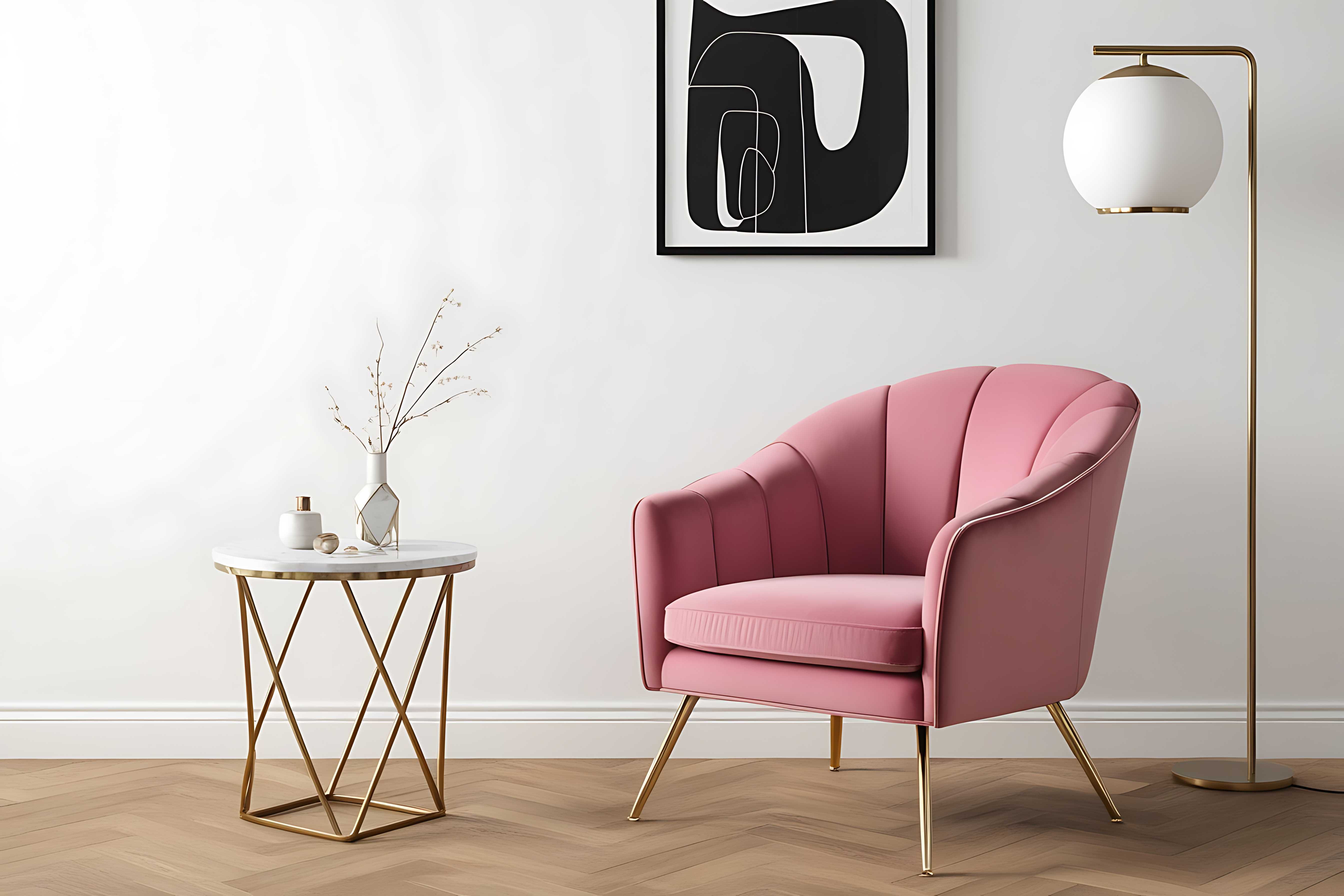

Sure, here's a breakdown of the article in HTML format with English language text: ```
Comfort in the home is not just about having a soft couch to lounge on or a cozy blanket to snuggle under. It's about creating an environment that is conducive to relaxation, productivity, and overall well-being. As technology advances and our understanding of design deepens, there are now more ways than ever to integrate transformative comfort into every room of your home.
One key aspect of transformative comfort involves ergonomic design. This means selecting furniture and fixtures that support the human body, reducing strain and promoting good posture. Items such as adjustable chairs, standing desks, and even ergonomically designed kitchen tools can significantly enhance the comfort and functionality of your living spaces.
We're in an era where technology is seamlessly integrated into homes, allowing for a level of personalization and convenience that was once the stuff of science fiction. Smart thermostats, lighting systems, and appliances can all be controlled through a smartphone or voice commands, transforming how you interact with your home and increasing your comfort levels through automation and optimization of your living environment.
With more people spending time at home for various activities, there's a growing need for spaces that can serve multiple purposes. Transformative comfort in this realm means having the ability to easily shift the function of a room with convertible furniture, innovative storage solutions, and adaptable layouts that cater to different activities ranging from work and exercise to entertainment and relaxation.
Indoor air quality has a profound impact on comfort and health. Investing in air purifiers, enhancing ventilation, and choosing non-toxic cleaning products can drastically improve the quality of air within a home. Additionally, incorporating plants into your décor can aid in naturally purifying the air and boosting moisture levels.
Comfort can also be approached through the senses, with tactile textures playing a significant role. Soft throws, plush rugs, and smooth wooden surfaces can all contribute to a home's overall sense of comfort by engaging the sense of touch. Materials can also affect the acoustics of a room, with certain fabrics and construction materials working to dampen noise and create a quieter, more tranquil space.
The biophilic design connects occupants with the natural environment, which promotes comfort and ease. This can be achieved through the presence of natural light, incorporating elements like wood and stone, and providing views of the outdoors. Biophilic elements in the home help reduce stress and increase feelings of happiness and comfort.
Transformative comfort for homes is about much more than physical ease; it's about creating a sanctuary that supports physical, emotional, and mental well-being. By rethinking design choices, embracing technology, and prioritizing healthful elements, you can turn your home into a haven of comfort that caters to the evolving needs of you and your family.
```